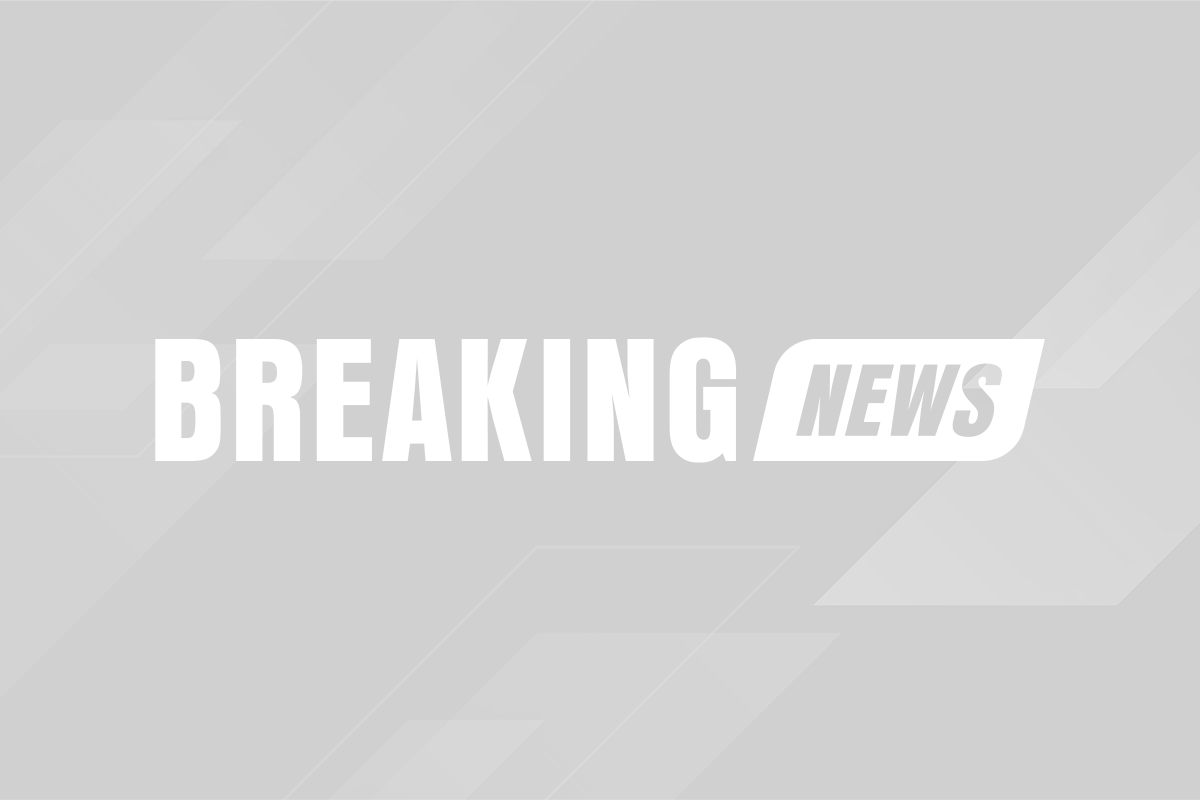
Activision Blizzard's Esports Restructuring
Activision Blizzard, the video game industry giant, has taken a drastic step by making substantial cuts to its esports personnel, signaling a significant restructuring within its competitive gaming division. Employees were blindsided by the layoffs which occurred the day following the Call of Duty League's Major I tournament, underscoring the volatile nature of esports team management at the company.
The workforce reduction leaves approximately 12 individuals on the Activision Blizzard esports team, a stark contrast to the robust staff once in play. This change reflects the ongoing challenges and operational delays plaguing the Call of Duty league, which have been a source of concern for stakeholders and fans alike.
Ripples of Change in Competitive Gaming
This stripping down of the team comes on the heels of last year's dismissals, where about 50 workers were released from their duties affecting not just the Call of Duty League but also the Overwatch League. The latter faced its own dismantling, leading to a wholesale remodeling of the esports ecosystem that had been cultivated around the popular title.
The Call of Duty League has been under scrutiny, with its franchise structure facing backlash from long-time enthusiasts of the series. This discontent has been mirrored by the recent layoffs at Sledgehammer Games, a key developer behind the Call of Duty franchise, which saw a reduction of 30% of its workforce.
Microsoft's Influence and Strategy Shifts
These layoffs can be partially attributed to Microsoft's gearing up for structural realignment following their intent to acquire Activision Blizzard. As the corporate giant integrates the gaming company into its vast portfolio, such changes are inevitable as they streamline operations and align strategic objectives in the competitive, fast-paced technology sector.
Adding to the upheaval is the Call of Duty League's transition to YouTube for exclusive streaming, a move that has been met with resistance from a dedicated fan base accustomed to other platforms. The exclusive streaming rights deal with Google, intended to aggregate audiences and consolidate viewing experiences, has had the unintended consequence of disrupting viewership trends and causing disenfranchisement among a loyal following.
Despite these headwinds, the league is making concerted efforts to tap into new demographics and retain its existing audience base on YouTube. With the next event scheduled for February 16, the Call of Duty League demonstrates its resilience and commitment to continue despite the hurdles it faces.
The Future of Call of Duty Esports
There's widespread speculation regarding the future landscape of Call of Duty esports, particularly after the current season concludes. Amidst these speculations, the community and industry insiders are watchful of potential overhauls to the CDL framework, encouraged by Microsoft's impending incorporation of Activision Blizzard.
Community Sentiment and Impact
The recent layoffs have undeniably left a dent in the esports realm, one that is palpable across social networks and fan discussions. Josh Lee, a prominent figure within the Call of Duty esports circuit, voiced his disapproval, illustrating the sense of loss felt by enthusiasts. "There are no longer any more full-time observers for the CoD League as the remainder of Hot Hands Lounge was let go after the conclusion of the Boston Major. All of those years of work and development the team put in has just been wiped. CoD esports will never be the same again," he lamented.
Lee's statement echoes the broader sentiment that the cutbacks signify more than just corporate restructuring; they potentially mark the end of an era for a community that has grown around the camaraderie and competitiveness of Call of Duty esports.
As the dust settles on this latest round of layoffs, the industry will keep a close eye on how the Call of Duty League adjusts and evolves. Fans, players, and stakeholders alike look forward to seeing how Activision Blizzard navigates these transitions and whether the heart of the competitive community can be preserved amidst an ever-changing corporate and digital landscape.